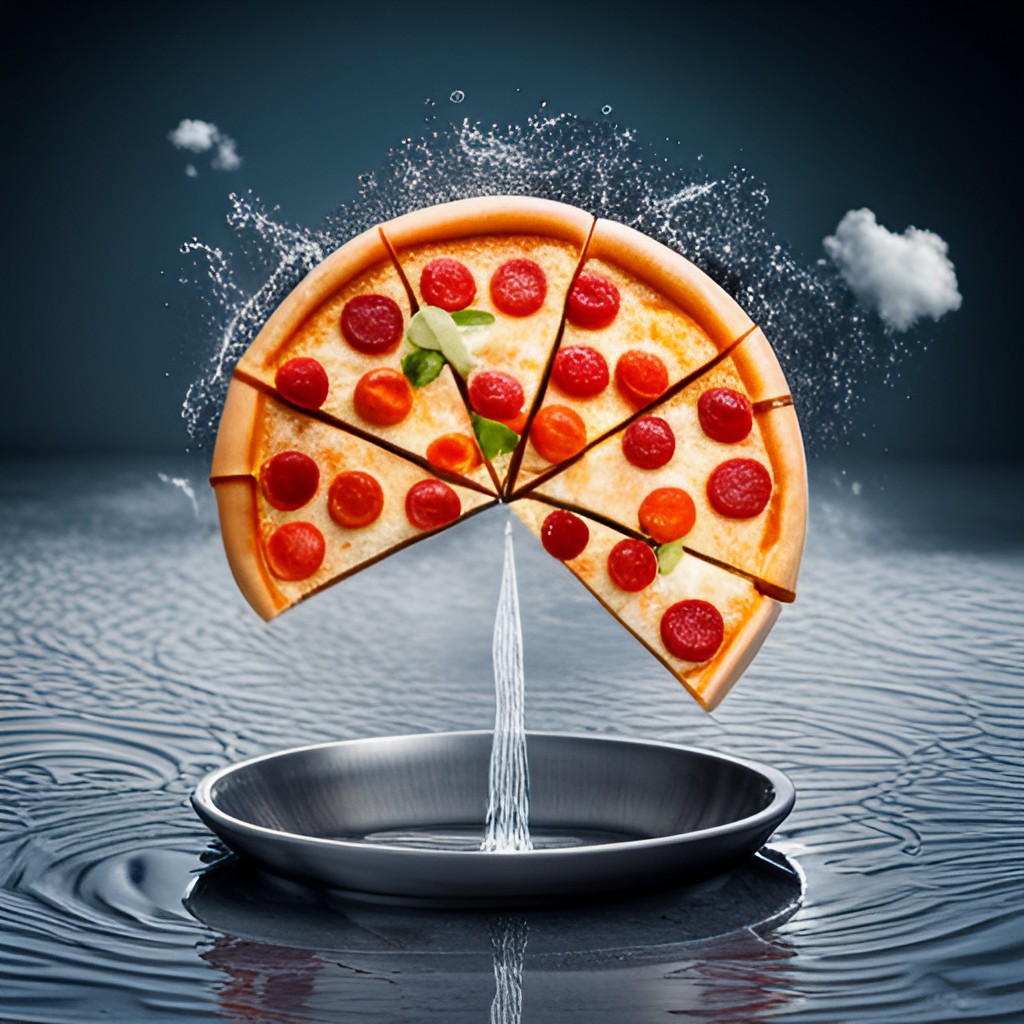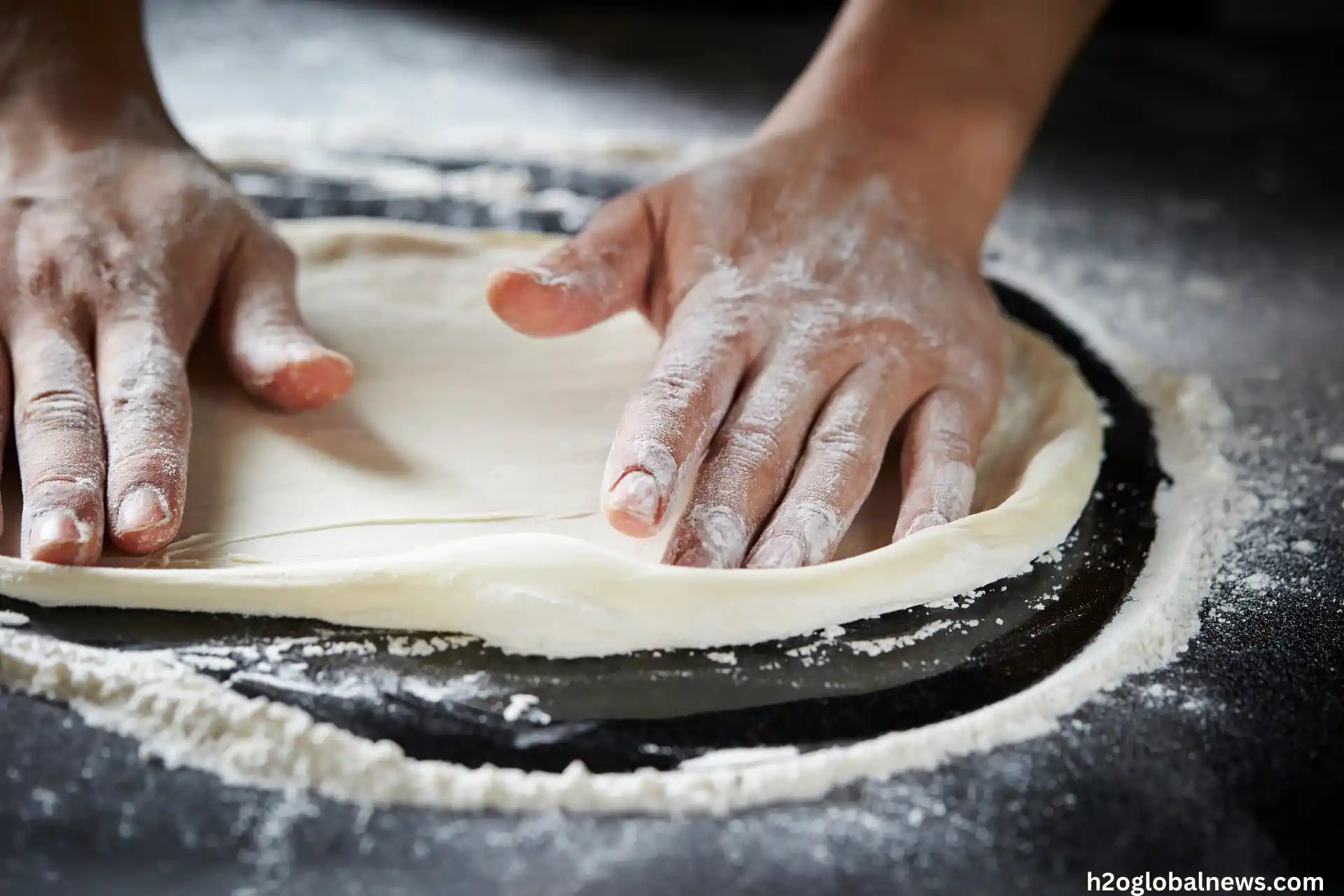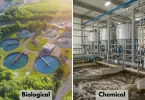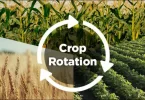It is National Pizza Day! Millions around the world love Pizza, a global comfort food, that has become a staple in our diets, with billions savored across the world each year. But have you ever stopped to think about the journey each ingredient takes before coming together as the delectable pie we all adore? More specifically, have you considered the hidden water cost of pizza? In this deep dive, we explore the water footprint of pizza-making and unveil the surprising amount of water that goes into producing each slice.
The Ingredients’ Journey from Farm to Crust
Every pizza starts with the basics: dough, cheese, tomatoes, and often meat toppings. Let’s examine how much water is behind these key ingredients:
Dough – The Foundation
The foundation of any pizza is its dough, primarily made of wheat flour. But to grow wheat, farmers rely heavily on water. It’s estimated that around 1,827 liters of water are required to produce just 1 kilogram of wheat. This means that the seemingly simple base of your pizza holds a vast reservoir of consumed water within.
Cheese – The Melty Delight
Cheese, another cornerstone of pizza, is also a significant contributor to water use. It takes approximately 5,000 liters of water to produce 1 kilogram of cheese. This is because dairy cows need substantial amounts of water for drinking and to grow the feed they consume.
Tomatoes – The Saucy Spread
Tomatoes give pizza its iconic red sauce, but this color belies its water-intensive nature. Producing 1 kilogram of tomatoes can consume around 214 liters of water. While less than wheat or cheese, it still adds up when considering the scale of global pizza production.
Meat – The Optional Topping
For those who enjoy meat toppings, such as pepperoni or ham, the water cost increases further. Producing 1 kilogram of pork – a common source of pepperoni – can use up to 5,988 liters of water.
Calculating the Full Water Footprint of a Pizza
Combining the water footprints of all these ingredients paints a startling picture. Let’s illustrate with a simple example: an average medium-sized pepperoni pizza.
- Wheat for the dough: roughly 455 litres
- Cheese (mostly mozzarella): approximately 1250 litres
- Tomato sauce: about 185 litres
- Pepperoni (pork): rounded to 600 litres
Total estimate: A single, medium-sized pepperoni pizza carries with it a water footprint of nearly 2,490 litres – enough to fill a small swimming pool.
Why Understanding Pizza’s Water Footprint Matters
Recognizing the water footprint of our food is crucial as we face global water scarcity challenges. Awareness leads to informed choices, whether it’s opting for more sustainable ingredients, supporting water conservation practices in agriculture, or reducing food waste in our daily lives – a crucial step since wasted food is essentially water down the drain.
The Role of Consumers and Producers
Both consumers and producers play a role in the sustainable management of this essential resource. Producers can invest in water-saving technologies and practices, while consumers can support local produce, which often has a lower water footprint due to reduced transportation and processing.
Conclusion: A Slice of Awareness
Next time you reach for that slice of pizza, remember the hidden droplets that made it possible. Water is a finite resource, and every choice in our dining experiences reflects our relationship with the planet’s precious water reserves. Reducing the water footprint of pizza – and our diet in general – starts with awareness and ends with action.
As we continue to relish our favourite foods, let’s do so responsibly, recognising the ripple effect of our consumption, and striving towards a future where every drop of water is valued as much as the delicious slice in your hand.
Check out more of our blogs.
FAQs
Q: How much water does pepperoni contain?
Pepperoni contains approximately 50% water by weight, though this may vary slightly depending on the brand or preparation method.
Q: Does pizza cause thirst?
Yes, pizza can cause thirst due to its high salt content, especially from cheese, cured meats like pepperoni, and salty sauces. Sodium draws water from your cells, making you feel thirsty.










